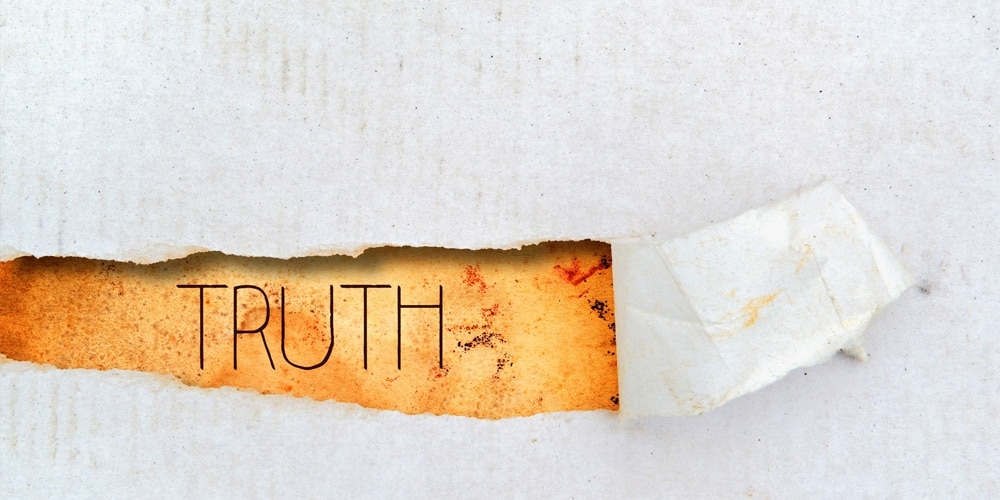
In college, University of Florida (’77), if not a crass atheist I was a crass materialist (though one could justifiably ask how I could be the latter and not also the former). All reality, from the orbit of Jupiter around the sun, to Bruce Springsteen’s “Born to Run,” could ideally be explained, I believed, by particle physics alone.
My crassness, however, faced a crisis of faith when in 1976 I read Raymond Moody’s Life after Life, in which he documented about 100 cases of Near Death Experiences (NDEs), accounts of those who, having died, came back to life with fascinating stories from “the other side.”
Though old news today (like the New England Patriots making the NFL playoffs), back then NDEs were the rage; Life After Life rocked the American continent. Still three years away from hearing the phrase “the state of the dead,” I read with astonished awe these accounts about people floating outside their bodies in a misty tunnel where some claimed to have talked to deceased relatives while others encountered, they said, a friendly being of light who spoke warmly and kindly to them about their lives, and did so without a grimace of censure and condemnation.
These stories, so similar, and by people who had no reason to lie or to collude, enthralled me. The wonderment, the comfort, the hope I felt as the implications of what I read sank in: Could there really be life after death? And, best of all, there was no religious michegas: no talk of hell, judgment, and guilt but only of love and acceptance, which, for a secular Jew like myself—with a poisonous hatred for religion in general and Christianity in particular—was wonderfully liberating.
Why did none of the Christians ever get any Christian theology while experiencing their NDEs?
Amid the excitement and, I admit, the shaking of my worldview (which at this stage of my life seemed to get shaken with every new book I read), one serious caveat sprayed rotted beet juice on everything. NDEs were not exactly tales from the crypt. Near death is not dead dead, like maggots and rigor mortis dead, and this was the one part of the NDE phenomenon that, for me, called it all into question. So however inspiring, however potentially pregnant with the promise of reality being so much richer and deeper than my narrow Euclidean mind could have ever then imagined, the whole thing began fading from my thoughts—still there but only as breathless echoes that over time barely impacted how I lived.
I first read Moody in 1976. In 1979 I met the Lord and was born again. I then started studying with Seventh-day Adventists who taught me the biblical truth about the state of the dead and the non-immortality of the soul—all of which had an immediate application because, in the weeks leading up to my new birth, I had, somewhat unwittingly, been swept up into the occult. Though not linking them at the time, I started having supernatural experiences similar to NDEs, particularly the sensation of leaving my body and floating through a misty tunnel into another realm of existence.
After my new birth, however, those experiences never returned, and I soon realized that they were just another manifestation of NDEs, even if I was nowhere near dead. Instead, seeing that I was getting interested in spiritual things, Satan (himself pretty religious) gave me spiritual things. My occult experiences, NDEs—what else could they be but preternaturally-inspired hallucinations and deceptions? Some people who had NDEs talked about meeting dead relatives. Come on! Who alone would be the source of that? And why did none of the Christians, convinced that their NDEs were a sneak preview of the Christian heaven, ever get any Christian theology while there, as opposed to a bunch of mushy New Age sentimentalism? The supernatural deception behind NDEs became painfully obvious.
As I wrote this column, I downloaded and began reading Life after Life for the first time in more than 40 years. Thinking about what it had been like for me, a tender 21-year-old wallowing in crass ignorance of the great controversy and the state of the dead, I knew why I had been so captivated by these deceptions. Realizing just how vulnerable I had been then I got so creeped out now that I deleted Life after Life from my device and marveled at those who say that doctrines don’t matter.
Clifford Goldstein is editor of the Adult Sabbath School Bible Study Guide. His newest book, Baptizing the Devil: Evolution and the Seduction of Christianity, will soon be available from Pacific Press.